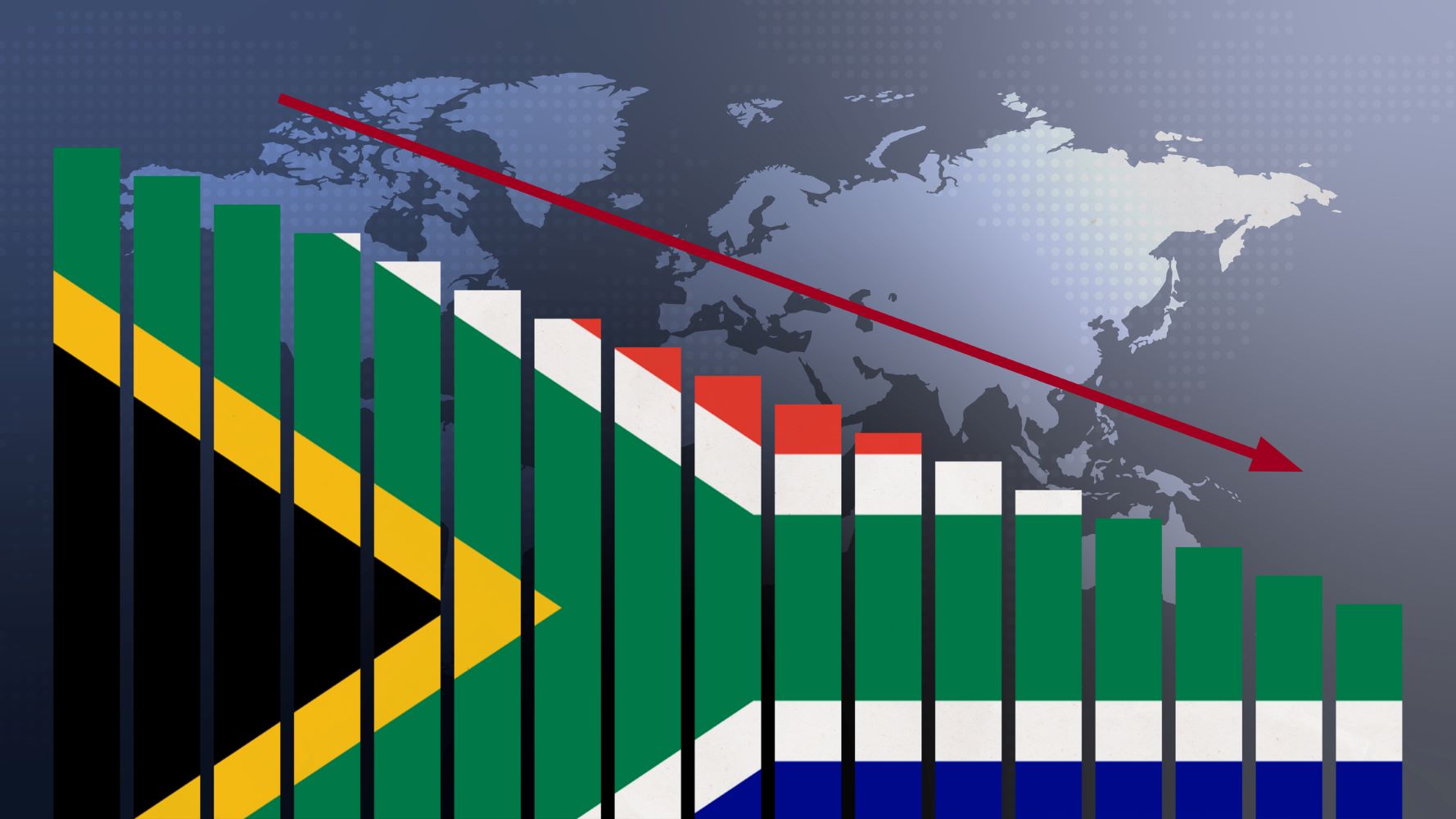Lowering South Africa’s inflation target will come with pain and cost and could keep interest rates higher for longer.
After inflation decreased for the fourth consecutive month, the governor of the Reserve Bank floated the idea of reducing the bank’s inflation target, but an expert warns that it could cost South Africans.
The South African Reserve Bank (Sarb) has the constitutional mandate to protect the value of the rand by keeping inflation low and steady and uses interest rates to influence the level of inflation. To protect the value of the rand, the Sarb currently uses inflation targeting to maintain consumer price inflation between 3% and 6%.
Lesetja Kganyago, governor of the Sarb, said recently he would like South Africa’s inflation target to be lower than the current target band of 3% to 6%, as the country was able to lower inflation to 4.5% without too much pain or cost.
He spoke as a guest lecturer at the department of economics at Stellenbosch University about the lessons the Sarb learned moving inflation to 4.5% and what it cost to do that. “We have an opportunity to achieve permanently lower inflation and therefore permanently lower interest rates. Executed effectively, a lower target could be achieved at little cost – just as we moved to 4.5% at little cost.”
ALSO READ: Fourth consecutive drop in inflation should spur another repo rate cut
Lower inflation target will cost us
However, Pieter Koekemoer, head of the personal investments at Coronation, says there will be pain and there will be cost.
“Money is at its root a rationing system used to provide access to the world’s wealth and resources. If the money supply is out of balance with the underlying economic reality, instability is likely to follow. Too much money will lead to an increase in inflation, while too little money in circulation will suppress economic growth and increase unemployment.”
He points out that society entrusts central banks with the duty to maintain economic stability through setting policy interest rates and controlling the monetary supply by buying or selling government securities and setting reserve requirements for banks which in turn controls how much money can be lent.
“A tighter, more hawkish policy stance typically acts as a headwind for financial markets, while a looser, more dovish stance is often supportive of asset prices.”
Koekemoer says the third quarter of 2024 proved no different. “Its big macroeconomic policy event was the end of a lengthy period of hawkish monetary policy when the US Federal Reserve Board announced its first cut in interest rates in four years – by a bumper 0.5%.
“This supported strong performance from growth assets, with global equities up 6%, emerging market equities up 9% and listed property up 16% over the three months in US dollars.”
ALSO READ: Inflation outlook improved in recent months – good news for repo rate cut
Interest rates still too high for lowering inflation target?
He says domestic interest rates followed, with the Sarb announcing a more modest 0.25% cut in September. “We expect another 0.25% cut in November, with a further 0.75% to follow in 2025. Domestic asset performance was even stronger than global markets, supported by a stronger rand and the positive response to the formation of a centrist government after elections in May.”
While domestic demand remains weak and with inflation well-contained thanks to a strengthening rand and declining oil prices, many commentators are making the case that domestic interest rates are still too high.
The current prime rate of 11.5% is still significantly higher than the 10% just before the onset of the Covid-pandemic in early 2020. One reason for the policymaker keeping rates higher than historical norms is the debate about lowering the inflation target, Koekemoer says.
“The rationale for a formal inflation target is to enhance transparency and credibility and to make it easier to manage inflation expectations in the economy. South Africa introduced a formal target in 2000, with a target range of 3% to 6%.
“This was intended to gradually reduce to between 2% and 4%, but this reduction was never implemented. Since 2021, the Sarb has resurrected the debate, arguing that the target should be reduced to 3% to better align SA with global norms.
“One of the key arguments in favour of a lower target is that lower inflation will lead to a more stable rand, which will make domestic investment more attractive.”
ALSO READ: Inflation cools again in September for the fourth consecutive month
Short and long-term consequences of lowering inflation target
However, Koekemoer says, lowering the target comes with definite short-term and potential long-term costs. “In the short term, some economic growth needs to be sacrificed as interest rates will remain higher for longer.
“In the longer term, credibility will be sacrificed if the new target is not consistently met, reducing the attractiveness of South Africa as an investment destination. Elevated public debt levels and a track record of government inefficiency, expressed in consistent above-inflation increases in administered prices, such as water and electricity, increase the long-term risks.”
Koekemoer warns that weaker economic growth in the short term could test the patience of the factions required to keep the ruling coalition together. “As always, economic policy remains a complex trade-off that needs to be made under the conditions of uncertainty.”
